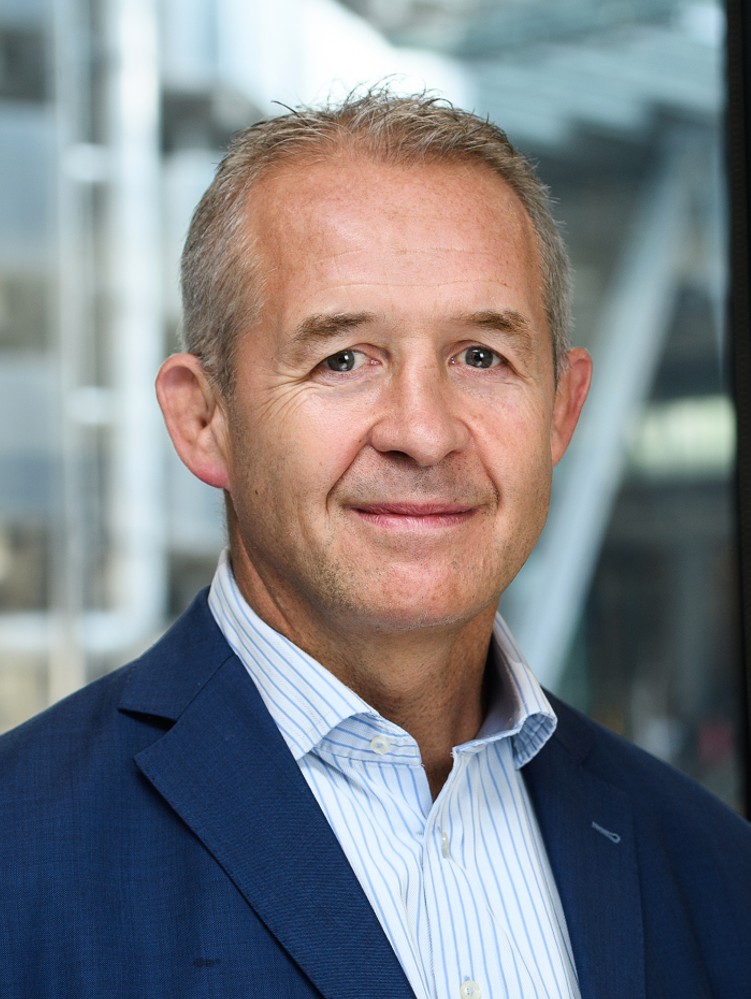Matt Yeldham, Chief Underwriting Officer at AEGIS London, outlines his personal views on how the enhanced underwriting market could evolve in the coming five to ten years and how this could fundamentally change the ways in which Lloyd’s managing agents underwrite their business.
In November 2024, the LMA launched a report, The Growth of Enhanced Underwriting in the Lloyd's Market: The New Normal?, to define enhanced underwriting propositions in the Lloyd’s Market. The report differentiates four distinct enhanced underwriting models and assesses how they might evolve over the next five to ten years.
The report itself imagines a future market where slips could have five different types of participant. In the past, the Lloyd’s market worked much more simply. Each slip had a lead syndicate, with the remaining risk underwritten by other syndicates in a follow capacity.
I believe the market is evolving so that only the role of the slip leader will remain unchanged. Decisions to provide follow capacity are becoming increasingly automated. While the LMA expects to see four different types of follow capacity on slips, at AEGIS London we see the future as predominantly involving two of these. We believe that lead syndicates could retain around 30% of the market (backed by their followers through consortium, etc). Traditional broker facilities will continue to exist and could take up to 30% of underwriting capacity. But we expect that algorithmically driven follow capacity might grow to become 30% of the Lloyd’s market.
This could leave the traditional risk-by-risk follow model squeezed out almost entirely, remaining relevant for only the most complex and unique of risks. This model might make up as little as 10% of the market or less by the end of the next decade. Significantly, this would mean that up to 60% of Lloyd’s market placements could effectively be written on an automated follow basis.
Of course, the above are broad estimates rather than absolute numbers. The amount of follow business is likely to fluctuate over time, influenced by market conditions, and will also vary by class of business, with challenging and distressed classes of business demanding a more active underwriting role. We believe that the most complex type of business will always need a larger pool of active underwriters ready to create bespoke solutions on a risk-by-risk basis. A clear example of this is aviation.
However, even with the caveat above, we still expect a shift in emphasis on skills required from the pool of underwriting talent in the market. Today most syndicates appear to be built almost entirely around active underwriting talent.
If our view of the future holds true, we expect syndicates would need to create ‘entry portals’ for brokers that match the way brokers may soon want to conduct business. Brokers will want to place business more efficiently at Lloyd’s and they will also want to be able to place smaller risks into Lloyd’s at lower costs. Automated follow models and facilities would allow them to do both of these things. The future is likely to require structural change, therefore, and a new definition of underwriting roles.
This is already a reality for some firms. For example, Beazley has created its Smart Tracker syndicate, while Brit has launched Ki. Both separate the P&L of the lead capacity from the follow syndicates. This creates two entry portals for brokers, requiring them to decide how to structure their clients’ business before they engage with underwriters.
Perhaps, however, there is a role in the market for an integrated entry point, which would meet broker needs and also allow the opportunity to discuss how business should be structured and placed.
In my view, this seems the best way to retain our market’s knowledge and creativity. If the market divides much more distinctly into lead and follow in the future, we must retain the options for brokers and underwriters to discuss how that split is to be structured and to build a solution together. This thinking has been a key factor in AEGIS London’s decision to move from a rigid, traditional underwriting structure, split by line of business, to a model that offers greater flexibility.
At AEGIS London, we retain specialist underwriting teams but they are matched by a specialist group of portfolio solutions experts who can write more delegated authority business on a follow basis. In addition, we have our existing digital trading division, OPAL, providing a quote and bind platform.
This structure facilitates a collegiate interplay of ideas, but also gives us the flexibility to move an individual risk placement between those three divisions if needed. That approach allows us to bring capacity into new areas where we believe there is a growing market. But it also continues to back our specialist underwriters’ knowledge and gives brokers a clear entry point.
Ultimately, each managing agent is likely to need to prepare for radical change. In the future, the follow market could represent up to 60% of total premium written at Lloyd’s. The old underwriting models are increasingly seen as inefficient and ringfencing all innovation inside a separate business may not be the best solution. At AEGIS London, we believe that a new mindset, which embraces both lead and follow as opportunities for underwriting excellence, is the best way to serve our clients and brokers. If the Lloyd’s market can adapt to enhanced underwriting, it can continue to be a world leader in underwriting innovation and excellence.
This article was first published in Insurance Day 15 April 2025.

